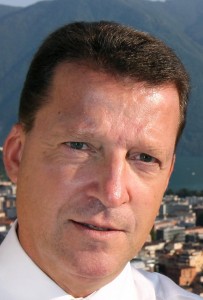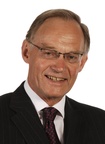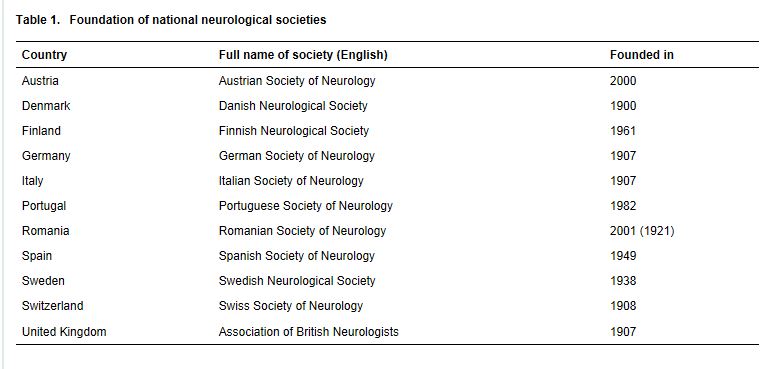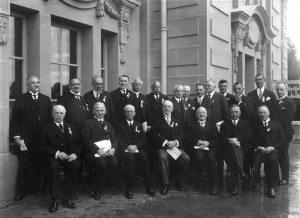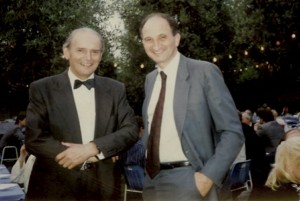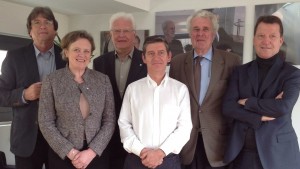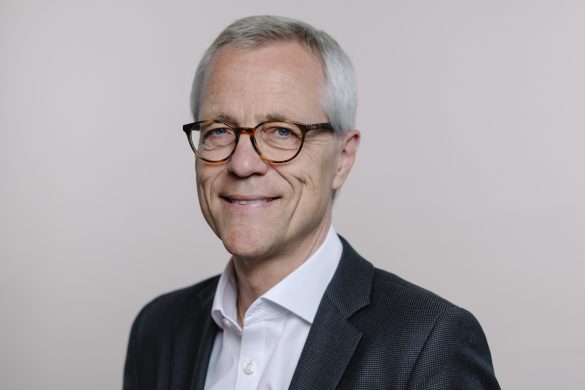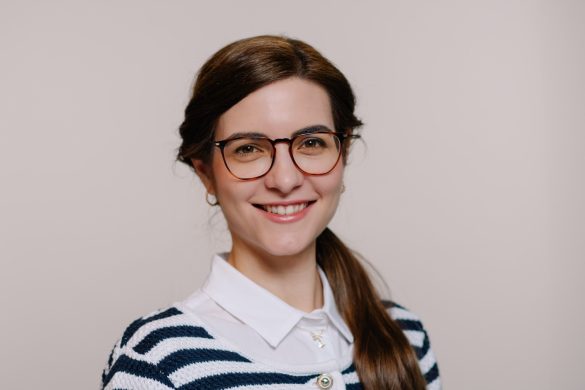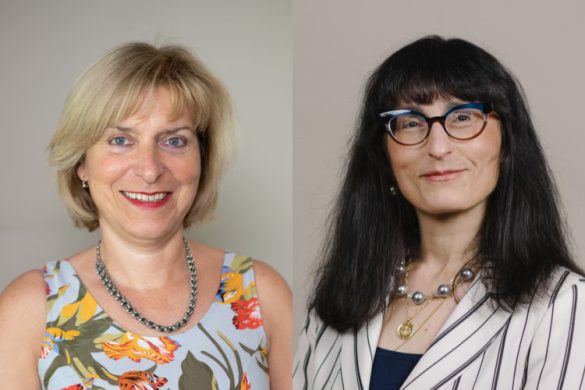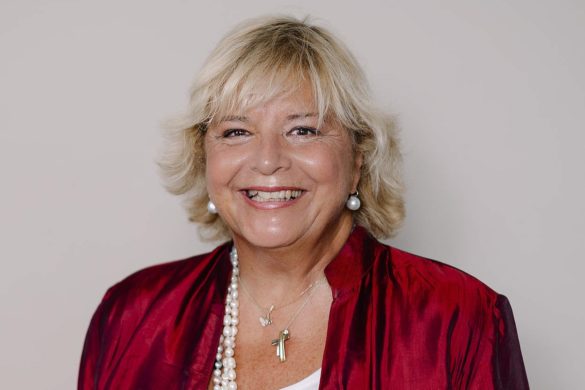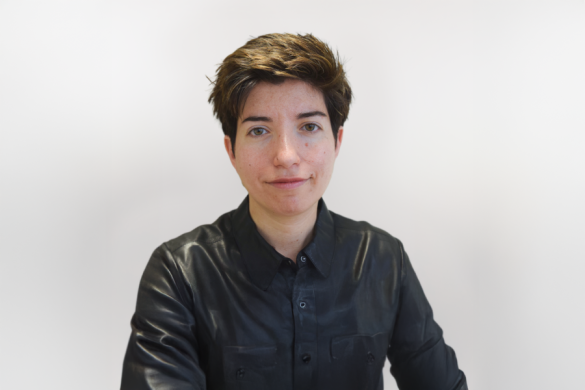This, our last Presidents’ Page, marks the foundation of the EAN. It is adapted from our longer editorial in the European Journal of Neurology which will be the journal of the EAN.
Neurology first arose as an independent medical specialty in the second half of the 19th century in Europe (UK, France, Germany and Russia).
National neurological societies were soon founded but the first International Neurological Congress did not take place until 1931 in Bern [1].
The meeting was then held 4-yearly and led to the foundation of the World Federation of Neurology in 1957 [2]. The need for a European society devoted to the entire field of neurology arose to counteract the tendency towards fragmentation caused by the birth of different subspecialties such as clinical neurophysiology, epilepsy, stroke and movement disorders.The European Neurological Society (ENS) was founded in 1986 on the initiative of Gérard Said and P.K. Thomas with the significant support of Anita Harding, Klaus Toyka, Andreas Steck, George Franck and Pierre Rondot.
The ENS was modelled on the American Academy of Neurology, using as driving force the initiative and inventiveness of motivated individual members and focusing on congresses with a strong scientific and educational programme. The first meeting of the ENS took place in Nice in 1988 and after 1994 conferences were held annually.
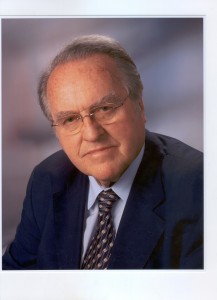 In 1989, Daniel Bartko, President of the then Czech-Slovakian Neurological Society, organized a pan-European congress for neurology, a first attempt to link the national neurological societies across the Iron Curtain. At the second congress in 1991 in Vienna, the European Federation of Neurological Societies (EFNS) was founded with a council of 44 national delegates. Franz Gerstenbrand from Austria acted as its first president. The EFNS undertook political representations on behalf of its members and became a founding member of the European Brain Council, which lobbied the European Parliament for a major increase in annual funding for research.
In 1989, Daniel Bartko, President of the then Czech-Slovakian Neurological Society, organized a pan-European congress for neurology, a first attempt to link the national neurological societies across the Iron Curtain. At the second congress in 1991 in Vienna, the European Federation of Neurological Societies (EFNS) was founded with a council of 44 national delegates. Franz Gerstenbrand from Austria acted as its first president. The EFNS undertook political representations on behalf of its members and became a founding member of the European Brain Council, which lobbied the European Parliament for a major increase in annual funding for research.
As the years went by it became obvious that the ENS and the EFNS were pursuing very similar aims, targeting the same group of trainee and qualified neurologists in Europe and involving the same expert speakers. Both organizations offered fellowships for trainee neurologists to spend time in other centres, both supported subspecialty panels, both published a journal and both were very successful in running larger and larger conferences. Last but not least the fall of the Iron Curtain had changed also the political panorama in which single neurologists and organizations in Europe could act. Early attempts to bring the two organizations together failed to overcome the technical and emotional difficulties of welding a vigorous society of individual members with a more complex federation of national neurological societies. By chance two long-standing Belgian friends held senior office in the two organizations at the same time: Jacques De Reuck, as President of the EFNS, and Gustave Moonen, as Secretary-General of the ENS. We owe it to them to have had the will and political skill to insist that unification could and should take place and to launch a transition task force to make sure it did. The formal agreement to found the new societies was signed in Budapest in 2011 [3].
The transition task force drafted a process for the unification and a constitution for the EAN which was debated and agreed at every stage by the EFNS Council of delegates and the ENS General Assembly of members (show figure here Legend The Transition Task Force (2009–2014) at their last meeting in Vienna on March 2014: in the back row from the left: Detlef Kömpf (Germany), Gustave Moonen (Belgium), Jacques De Reuck (Belgium); in the front row from the left: Gunhild Waldemar Denmark, José Ferro Portugal and Claudio Bassetti Switzerland).
We thank Lisa Müller (EFNS) and Sabine Adam (ENS) and many others in the EFNS and ENS offices who have converted good intentions into practice.
The structure of the EAN has been designed to guarantee a balanced representation of the national societies and that of individual members. The old EFNS council of 45 delegates has been supplemented by 45 delegates elected by the ENS in an on-line election to form the General Assembly, or parliament, of the EAN. The last stage of this process is the election by the General Assembly of the EAN Board which will take place at the EFNS-ENS Joint Congress of European Neurology in Istanbul on June 3rd 2014. The EAN will aim to promote excellence in neurology in Europe. We wish it well as it pursues this aim shared by both the EFNS and ENS.
References:
1. Louis ED. The conceptualization and organization of the first International Neurological Congress (1931): the coming of age of neurology. Brain 2010; 133: 2160– 2166.
2. Bassetti C, Valko PO. History of the Swiss Neurological Society in the context of the national and international development of neurology. Schweiz Arch Neurol Psychiatr 2009; 160: 52–65.
3. Argov Z, Hughes R. Creation of the European Academy of Neurology. Neurology 2012; 78: 137–138.

